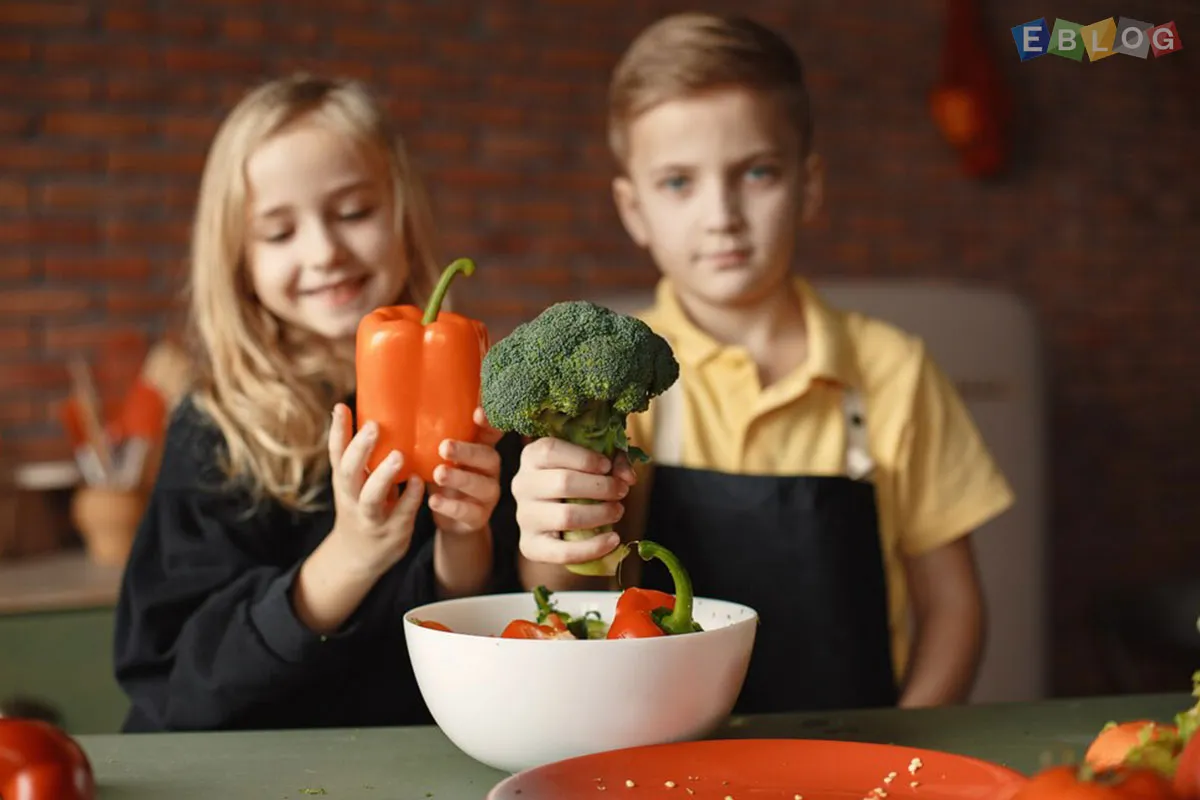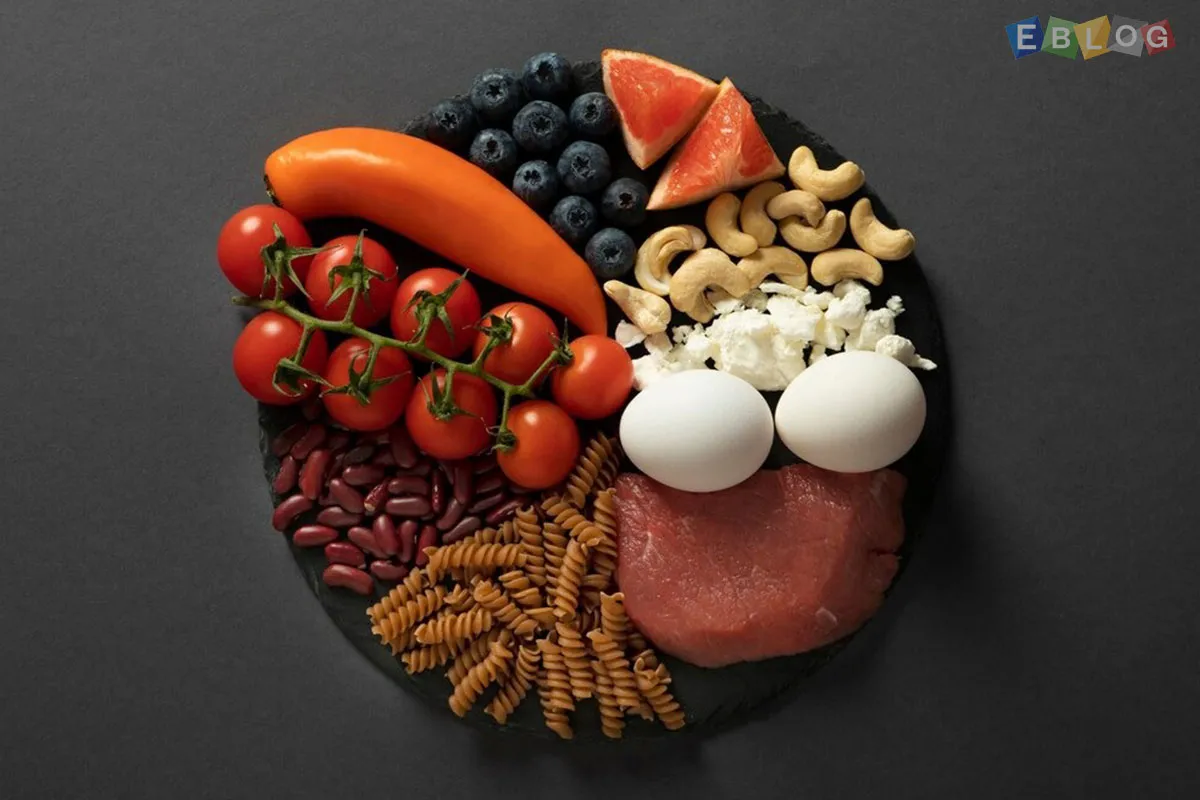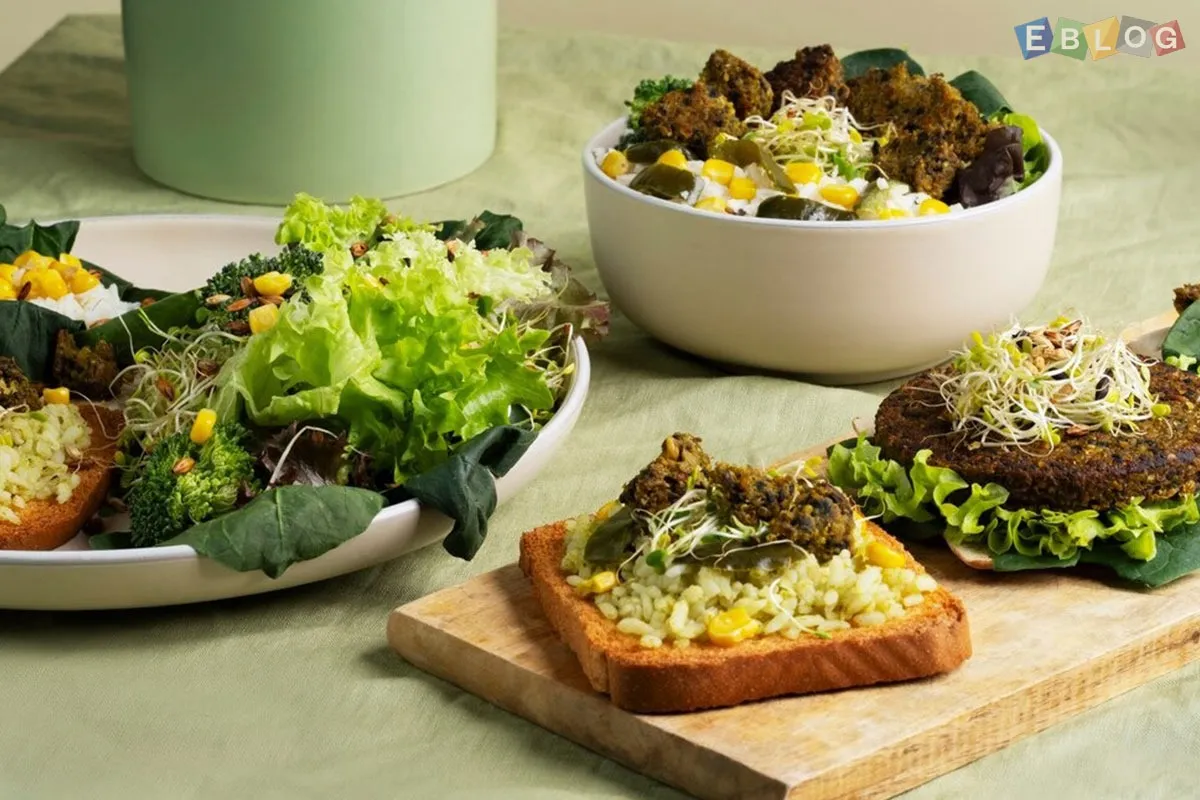
Tackling Picky Eaters: Tips to Make Vegetables Fun
- 12 Nov, 2024
- Food
- 484 Views
- 0 Comments
Getting kids (and sometimes even adults!) to eat their vegetables can feel like an impossible task. From wrinkled noses to "yuck" faces, many of us have struggled with picky eaters at some point. But the good news is, with a little creativity and the right approach, you can turn vegetables into a fun, exciting part of mealtime.
Here are some practical and playful tips to make vegetables more appealing to picky eaters and encourage healthier habits that last.
1. Get Creative with Presentation
One of the simplest ways to make vegetables fun is by getting creative with how you serve them. A plate of steamed broccoli might seem unappealing on its own, but when arranged in a fun way, it can be much more exciting for a child (or an adult) to eat.
a. Veggie Art: Turn vegetables into fun shapes or characters. For example, use cucumber slices for eyes, cherry tomatoes for noses, and carrot sticks for smiles. You can even create "faces" or animals using a combination of veggies.
b. Colorful Platters: Serve vegetables in a rainbow of colors. The more colorful the plate, the more enticing it looks. Try mixing colorful bell peppers, carrots, peas, and cherry tomatoes to create a vibrant, eye-catching dish.
c. Fun Dips: Adding a fun dip, like hummus, ranch, or guacamole, can make veggies feel like an exciting snack rather than a chore. Letting kids dip their veggies adds a tactile element to the experience, making it more enjoyable.
2. Get Them Involved in Cooking
Kids (and adults) are more likely to eat vegetables if they’ve had a hand in preparing them. Cooking together is not only a great bonding activity, but it also gives children a sense of ownership over the meal, making them more likely to try something new.
a. Veggie Prep Stations: Set up a mini veggie prep station where kids can wash, peel, and chop veggies with kid-safe tools. They’ll feel like they’re part of the process and will be more excited to try the vegetables they’ve helped prepare.
b. Mini Masterchefs: Let kids create their own veggie-based recipes. Whether it’s assembling veggie wraps, creating vegetable pizzas, or making "veggie sushi" with avocado, cucumber, and carrot, giving them the freedom to experiment can be empowering and fun.
c. Gardening: If possible, grow some of your own vegetables in the backyard or even in pots on the windowsill. Kids are more likely to eat what they’ve grown themselves, so having a small garden can be a great way to pique their interest in veggies.
3. Sneak Veggies into Favorite Foods
If your little one (or even adult) is resistant to eating vegetables on their own, you can sneak them into foods they already love. By incorporating vegetables into familiar dishes, you can increase their veggie intake without them even realizing it.
a. Smoothies: Blend leafy greens like spinach or kale with fruits like bananas, berries, and a bit of yogurt to make a delicious, nutrient-packed smoothie. The sweetness of the fruit often masks the taste of the veggies, making it a great option for picky eaters.
b. Veggie-Loaded Sauces: Puree vegetables like carrots, spinach, or cauliflower and mix them into pasta sauces, soups, or stews. These veggies become part of the sauce base and blend in seamlessly, adding flavor and nutrition without being noticeable.
c. Hidden Veggie Snacks: You can sneak vegetables into snacks like muffins, pancakes, or even cookies. For example, zucchini, pumpkin, or sweet potato can be added to muffin batter for a veggie boost.
4. Make Vegetables the Star of the Show
Sometimes, the key to getting picky eaters to try vegetables is to make them the centerpiece of the meal. Instead of treating them as a side dish that gets pushed to the side of the plate, turn vegetables into the star attraction.
a. Veggie Noodles: Try swapping traditional pasta with spiralized zucchini, sweet potato, or butternut squash noodles. Kids will love the fun shape, and you can even top them with a delicious sauce or sprinkle of cheese to make them more enticing.
b. Veggie Tacos: Load up soft corn or flour tortillas with roasted or sautéed vegetables like bell peppers, onions, zucchini, and mushrooms. Add some cheese, salsa, or avocado to make them extra flavorful.
c. Veggie-Based Pizza: Make your own pizza using a cauliflower crust or a whole wheat base, and top it with a variety of veggies like spinach, mushrooms, tomatoes, and bell peppers. The cheese and sauce will help balance out the flavors, making it more appealing.
5. Use Veggie-Based “Chips” or Crisps
For those who crave crunchy snacks, veggie chips can be a fun and healthy alternative to regular chips. Whether homemade or store-bought, veggie chips made from sweet potatoes, kale, zucchini, or beets can provide a satisfying crunch while giving you a dose of nutrients.
a. Baked Veggie Chips: You can easily make your own veggie chips by slicing vegetables thinly, tossing them with olive oil and your favorite seasonings, and baking them until crispy. Kale chips, for example, can be a delicious and addictive snack that feels indulgent but is packed with vitamins.
Veggie Puffs or Crisps: Store-bought veggie puffs or crisps made from real vegetables like spinach, peas, and corn can be a great snack for kids who want something crispy and fun.
6. Try Veggie-Based Desserts
Dessert is often the one meal of the day where kids (and adults) are most likely to let their guard down. You can take advantage of this by sneaking in veggies while still delivering something sweet and satisfying.
a. Carrot Cake: Carrot cake is a classic dessert that’s both delicious and packed with veggies. Try making it with whole-wheat flour and a reduced sugar recipe to add a healthier twist.
b. Chocolate Avocado Mousse: Avocado’s creamy texture makes it an ideal base for a rich and decadent chocolate mousse. Blend avocado with cocoa powder, honey, and vanilla for a creamy dessert that tastes indulgent but is packed with healthy fats and nutrients.
c. Zucchini Brownies: Zucchini can be shredded into brownie batter to make them moist and fudgy without anyone noticing. Adding a bit of cocoa powder and chocolate chips makes for a veggie-filled dessert that’s sure to please picky eaters.
7. Offer Veggies in Small Portions
Sometimes, picky eaters are overwhelmed by large portions of new or unfamiliar foods. Instead of serving a big heap of vegetables, try offering smaller portions that are easier to manage and less intimidating.
a. Mini Veggie Plates: Offer a small plate of different vegetables for snacking, and let your kids pick and choose which ones they want to try. The variety and smaller portions can make them feel more in control and willing to try new things.
b. Veggie “Tastings”: If you’re introducing a new vegetable, try a “tasting” session where you present several different ways to prepare the same vegetable—like raw, steamed, roasted, or sautéed—so they can discover which way they like it best.
8. Praise and Encourage Exploration
Lastly, always celebrate the small victories. Even if your child only takes a small bite of a vegetable, give them praise for trying something new. Positive reinforcement will encourage them to keep experimenting and developing an open attitude toward food.
a. Try, Try Again: It can take several attempts before a child accepts a new vegetable, so keep offering it in different forms and try to make it fun. Consistency and patience are key to overcoming picky eating.
9. Conclusion
Tackling picky eaters doesn’t have to be a battle. With a little creativity, patience, and fun, you can make vegetables an exciting part of mealtime. Whether you get the kids involved in cooking, sneak veggies into their favorite dishes, or make them the star of the plate, the goal is to make vegetables feel less like a chore and more like a fun and flavorful experience. With these tips, you’ll have your picky eaters enjoying their greens in no time!















Leave a Reply